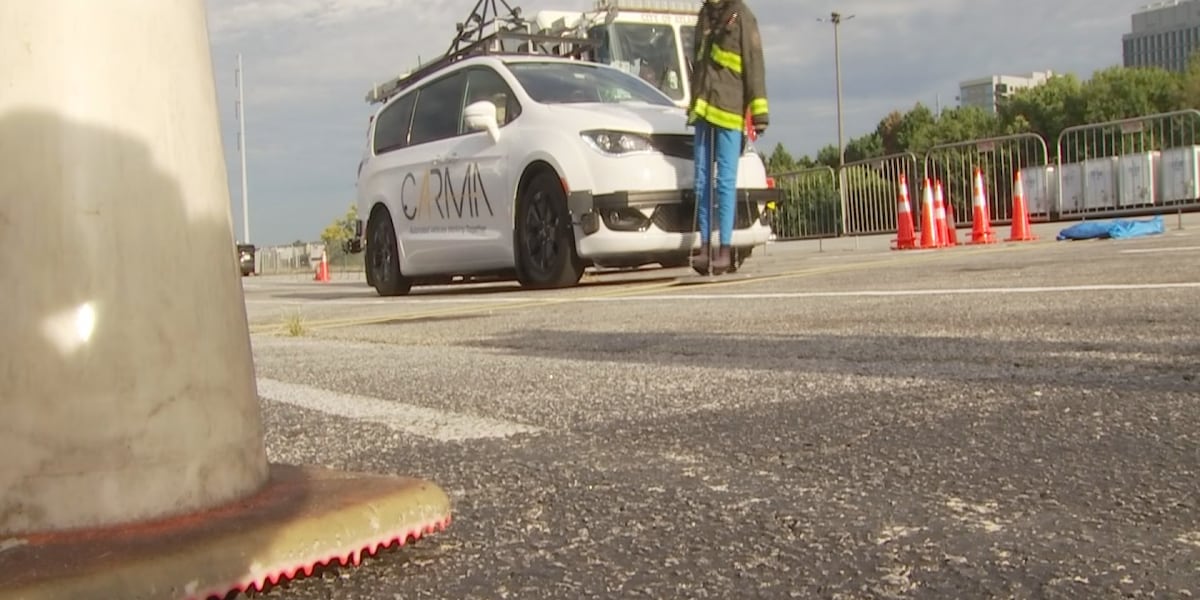Atlanta Showcases Cutting-Edge Tech to Safeguard First Responders in Autonomous Vehicle Era

Atlanta is rapidly becoming a hub for autonomous vehicle technology, with companies like Waymo testing their self-driving cars on city streets. As this technology advances, ensuring the safety of our first responders – police officers, firefighters, and paramedics – becomes paramount. Recognizing this crucial need, Atlanta Department of Transportation (ATLDOT) Commissioner Solomon Caviness is championing the integration of connected and automated vehicle (CAV) technologies to protect those who risk their lives daily.
During a recent demonstration in Atlanta, ATLDOT showcased innovative solutions designed to enhance the safety of first responders at accident scenes and other incidents involving autonomous vehicles. The focus was on technologies that allow vehicles to communicate with each other and with infrastructure, providing real-time information and warnings to both drivers and emergency personnel.
Key Technologies on Display:
- Vehicle-to-Everything (V2X) Communication: This technology enables vehicles to communicate with other vehicles (V2V), infrastructure (V2I), pedestrians (V2P), and the network (V2N). This allows for the sharing of critical data such as speed, location, and potential hazards, significantly improving situational awareness.
- Automated Emergency Vehicle Preemption (AEVP): AEVP systems allow emergency vehicles to request priority passage through traffic signals, reducing response times and increasing safety.
- Advanced Driver-Assistance Systems (ADAS): While primarily designed for driver safety, ADAS features like automatic emergency braking and lane keeping assist can also contribute to the safety of first responders by reducing the likelihood of secondary accidents.
- Real-time Data Integration: The demonstration highlighted the importance of integrating data from various sources – vehicles, sensors, and emergency dispatch systems – into a centralized platform. This provides a comprehensive view of the incident scene, enabling more informed decision-making.
Commissioner Caviness emphasized that the adoption of CAV technologies is not just about accommodating self-driving cars; it's about creating a safer transportation ecosystem for everyone. “Our first responders put their lives on the line every day,” he stated. “We have a responsibility to equip them with the tools and technology they need to do their jobs safely and effectively, especially as autonomous vehicles become increasingly prevalent on our roads.”
The Future of First Responder Safety in Atlanta:
ATLDOT’s initiatives are part of a broader effort to prepare Atlanta for the future of transportation. Future plans include expanding V2X infrastructure, conducting further testing of CAV technologies, and collaborating with industry partners to develop innovative solutions that address the unique challenges posed by autonomous vehicles. The goal is to create a seamless and safe integration of autonomous vehicles into the city’s transportation network, while prioritizing the well-being of first responders.
The demonstration in Atlanta served as a powerful reminder of the importance of proactive planning and investment in technology to ensure the safety of our communities as we navigate the rapidly evolving landscape of autonomous vehicles. It underscores Atlanta's commitment to being a leader in smart transportation and a champion for the safety of its first responders.




